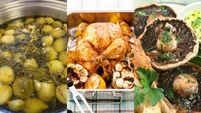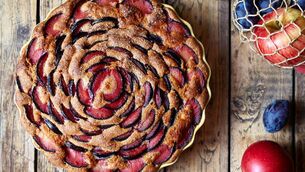The Currabinny Cooks: Three recipes to make with yoghurt

James Kavanagh and William Murray. Photo: Bríd O'Donovan
By European standards, our production and consumption of yoghurt in Ireland is relatively small.
The market for yoghurt is steadily increasing as the health benefits of probiotics becomes more well known.
It is also a great way for milk farmers to diversify their products. The production of yoghurt is a relatively simple procedure where milk is pasteurised, cooled and inoculated with starter bacteria, which ferment the milk causing it to clot or gel. After setting, fruit and other flavours can be added.
Aside from the many new Irish endeavours into full scale yoghurt production like Glenisk, Mossfield, Killowen and Irish-Yoghurt, some people are even making their own yoghurts at home. You might be surprised at how easy it actually is.
The obvious benefits of making your own are that it will naturally have no extra preservatives, sugar or additives. It is also cheaper if you expect to eat a lot of yoghurt, and better for the environment.
- 2 litres of full fat organic milk
- 125ml of plain yoghurt (as a starter, must have ‘live bacteria’)
- stainless steel saucepan
- a jam or candy thermometer.
You slowly heat the milk until it reaches exactly 77C, removing it from the heat and bringing it down to 43C.
Mix a little of the warm milk in with your starter yoghurt and then transfer this back into the saucepan of warm milk. You then need to incubate the mixture by keeping it at 43C for the next 4-10 hours. The length of time is to do with how thick and tangy you want your yoghurt.
There are many techniques on keeping your pot of yoghurt at the right temperature, like leaving it a warm oven or one that was hot but is now turned off.
When the desired time is up, place in the fridge to chill. When it has cooled down completely, stir it and place into airtight containers for storage in the fridge.
You can reserve a little to use as the next starter. If it is too tangy, you can experiment with adding vanilla beans which I believe, help tone down the sharpness.
Yoghurt itself has origins in Eastern Europe and the Middle East. I find the best inspiration for how to eat yoghurt comes from these places.
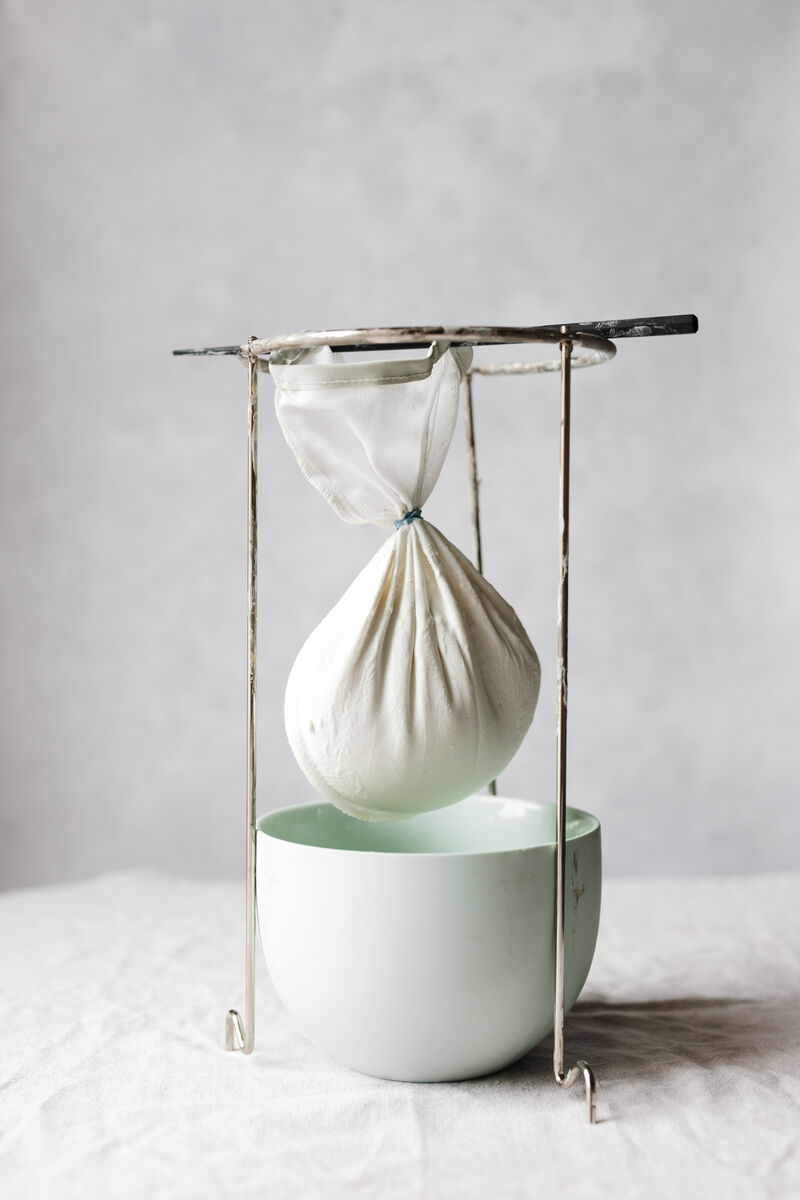
I was shown how to do this when I was in art college by another student who was German but of Turkish descent.
Labneh itself is similar to Greek yoghurt, but even thicker again, almost like a cream cheese.
The method is simple once you have the the right tools. I love to eat this covered in Za’atar and olive oil on some good sourdough toast in the morning.
It has all the probiotics of yoghurt but will a more spreadable, unctuous texture.
- 1/2 teaspoon sea salt
- 910g organic whole-milk yoghurt
- Extra virgin olive oil for drizzling
- Za’atar or chilli flakes for serving
For this recipe you need some muslin or cheese cloth. You have to mix together the yoghurt with the sea salt and then transfer this to the cheesecloth. Wrap the yoghurt in a ball with the cheese cloth and twist the opening closed, tight as you can so that some of the liquid will immediately start to drain out. Secure the ball of yoghurt with a rubber band of string and suspend over a bowl.
I usually leave this over night as it need at least 8 hours to make labneh. The leftover whey will collect in the bowl. The longer the labneh is left to drain the thicker it will be.
Ultra-thick and crumbly labneh will take about 48 hours. Remove from the cheesecloth, sprinkle with either za’atar or chilli flakes (could also play around with black pepper, cumin, sumac, lemon zest etc) and serve on toast with a little extra virgin olive oil drizzled over.
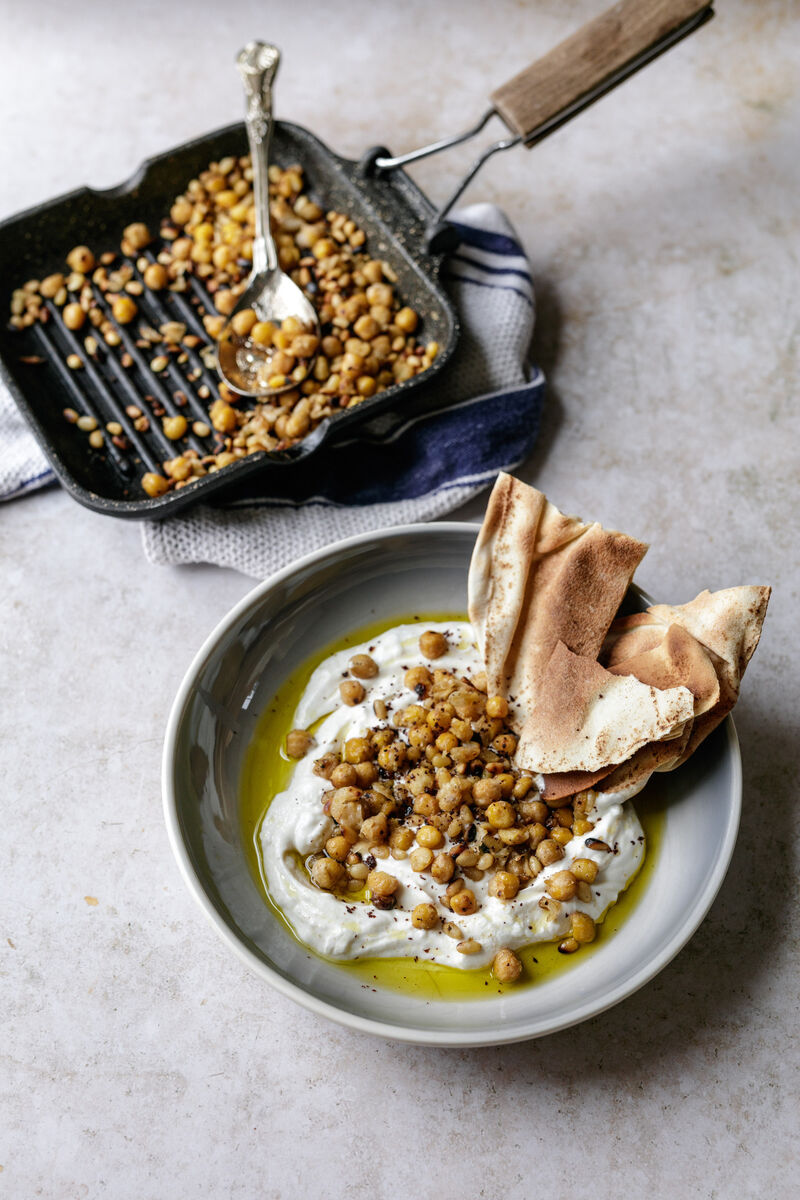
Fatteh is a Lebanese dish of flavoured yoghurt served with pan-fried chickpeas, almonds and flatbread. It is an absolutely wonderful snack, perfect as a packed lunch and there is so much room for experimentation with other flavours and ingredients.
You could, for instance, add pomegranate seeds, pulled pork, minced lamb, grilled vegetables or pickles. I thought I only really enjoyed chickpeas in hummus before I started making this recipe.
There is something about big vegetarian stews with tonnes of mushy chickpeas that I find very unsatisfying. In this recipe, you just tip canned chickpeas onto a hot pan with a little oil, salt and a pinch of cumin to create an altogether more satisfying way of eating chickpeas.
The hot frying pan makes them crisp up on the outside and doesn’t turn them mushy, like boiling for hours in a volcano of crushed tomatoes does.
- 2 good quality pitta or flatbreads, toasted and torn into pieces
- Extra virgin olive oil
- 1 tablespoon of butter
- 60g of flaked almonds
- 4 tablespoons of pine nuts
- 1 clove of garlic, crushed
- 300g organic whole milk yoghurt
- 1 teaspoon of ground cumin
- 2 tablespoons of lemon juice
- Sea salt
- 1 can of chickpeas (445g)
In a small frying pan, heat the butter and add a little olive oil on a medium high heat. Add the almonds and pine nuts, cooking them in the fat until lightly browned and nutty smelling.
Remove from the pan and set aside before adding the chickpeas to the pan with half a teaspoon of cumin and some salt. Fry the chickpeas until they get crispy and start to almost break up.
They will still retain their bite, don’t worry. Remove from the heat and set aside.
In a bowl, mix together the yoghurt with the crushed garlic, one tablespoon of olive oil, 1/2 teaspoon of cumin, pinch of salt and two tablespoons of lemon juice.
Divide the yoghurt between two serving bowls, drizzle with olive oil and then spoon both the chickpeas and nuts on top. Place a few shards of toasted pitta on the side and enjoy.
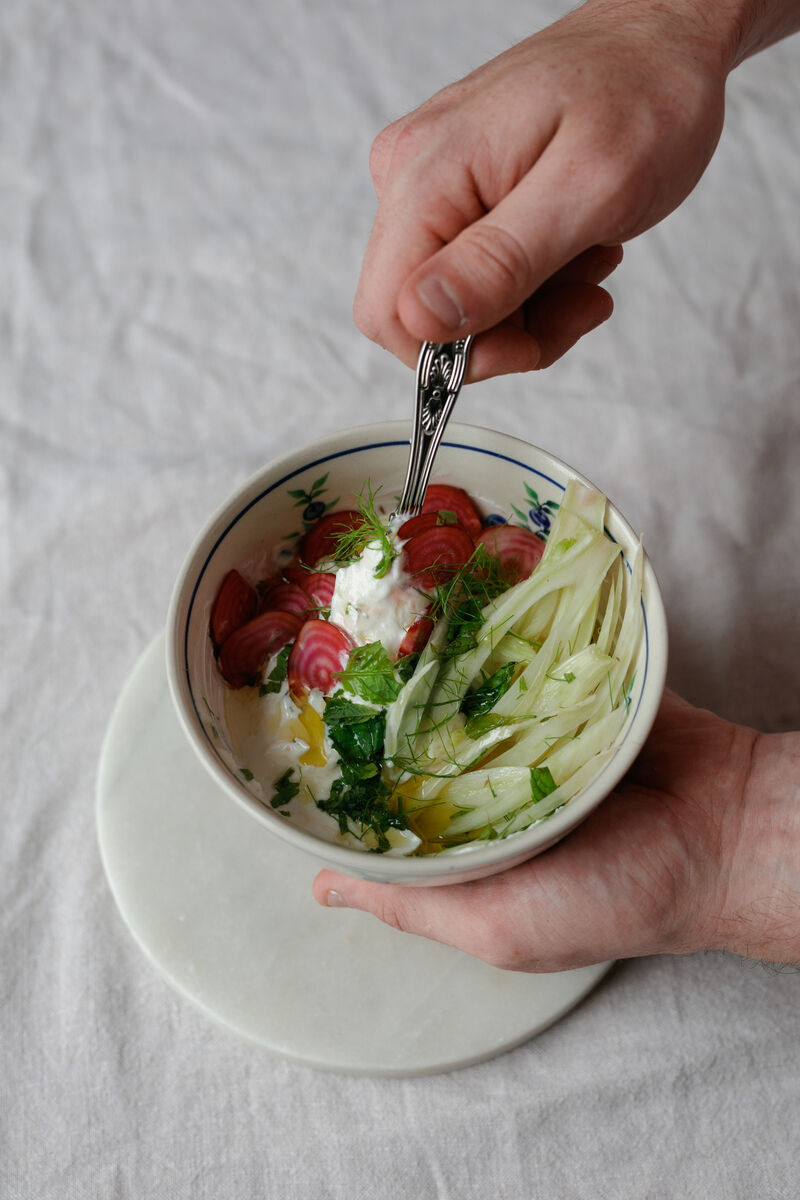
This is more of an Eastern European style way of eating with yoghurt.
It is still very much savoury and again the addition of things like pickles, meat, Burrata, hot smoked fish or whatever else you would like, would be perfectly appropriate.
This recipe is more of a simple starter for what could be made into a substantial lunch.
- 100g yoghurt
- 100g creme fraiche
- Small handful of mint leaves
- 1 medium fennel, very thinly sliced
- 3-4 small breakfast radish, sliced thinly
- 2-3 candy striped beetroot, peeled and sliced very thinly
- Sea salt and black pepper
- Juice of 1/2 lemon
Combine the yoghurt, creme friache and most of the chopped mint leaves in a small bowl. Season lightly with a pinch of sea salt and black pepper.
Serve in a bowl with the thinly sliced beetroot, fennel and radish with a drizzle of lemon juice and a few reserved mint leaves for garnish.

